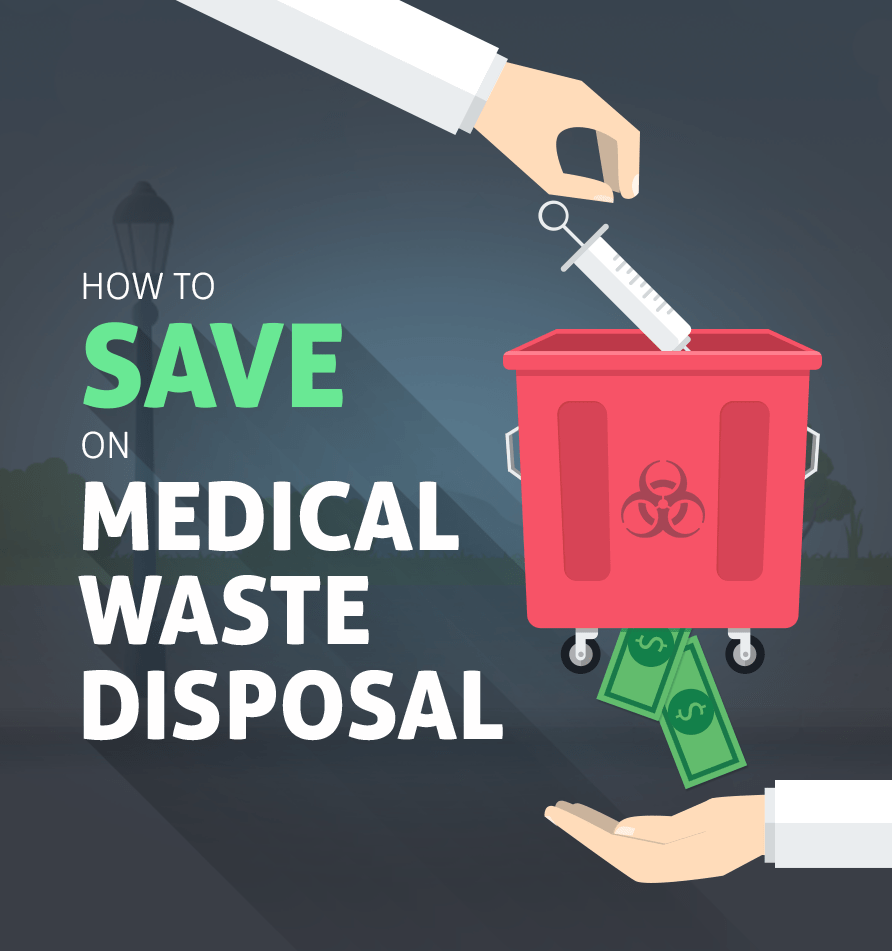When you went to medical school, you assumed most of the time spent in your own practice would be helping people get well or stay well. But thanks to medical laws, regulations and standards, you are also expected to juggle safety and compliance issues.
Understandably, the last thing you really have time for is the management of your waste disposal. But mismanagement can lead to more out-of-pocket costs.
Here are 5 steps to creating a medical waste disposal program that will save you money.
Step 1: Use the Services of a Waste Disposal Provider
Step one is the most important, and that is to partner with a medical waste disposal provider who can make your life a whole lot easier. Why tackle the job yourself? There are far too many laws and regulations that are constantly changing. And if you get something wrong and are found to be non-compliant, then what? Hefty fines.
A medical waste disposal provider will not only supply you with the right containers (based on what types of waste you generate) but also ensure the safe and legal transportation of your waste.
Step 2: Ask About Additional Fees
When you sign up with a service provider, be sure to ask them about any additional fees like gas fees and government fees. This will give you a clearer idea of what your monthly costs will be so you won’t be surprised when you get the first bill.
Step 3: Separate Your Waste
Typically, disposal costs are determined by weight. You don’t want to pay more than you have to because you are mixing regular trash in with your medical waste. To ensure this doesn’t happen, strategically place your medical waste receptacles away from regular trash bins.
Also, check with your local government officials to find out what exactly they deem hazardous. You may be surprised to discover some of the things that are allowed to be thrown out in the regular trash, thereby saving on your disposal bill.
For instance, OSHA defines bandages that are “not saturated to the point of releasing blood when compressed” as ‘common waste’ and not regulated waste.
Step 4: Educate Your Staff
Once you’ve separated your medical waste, educate your staff on what type of waste goes where. This will eliminate the chances of normal waste ending up in a medical waste bin and you being charged for it down the road.
Step 5: Reduce Your Need for Multiple Pick-ups
Your service provider will have to charge you each time they come to pick up your waste. Try to find ways to reduce the number of times they have to come out. One option if you generate medical waste frequently, is to consider using larger storage bins that can hold more for longer periods of time. This will save you money in the long run.
If you’re still on step one and are looking for a medical waste disposal partner, give us a call. We offer low-cost and flexible services with no hidden fees.
MedPro Disposal offers low-cost, secure medical waste disposal with predictable service and predictable cost. Check out our practice savings calculator here to see how much you could save on your medical waste disposal.



